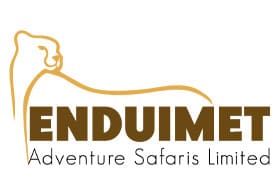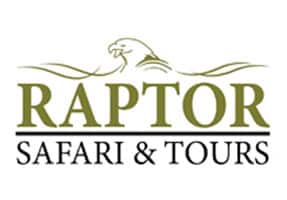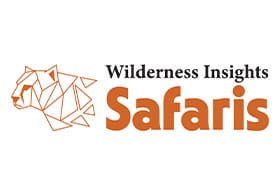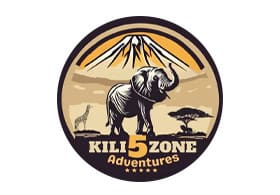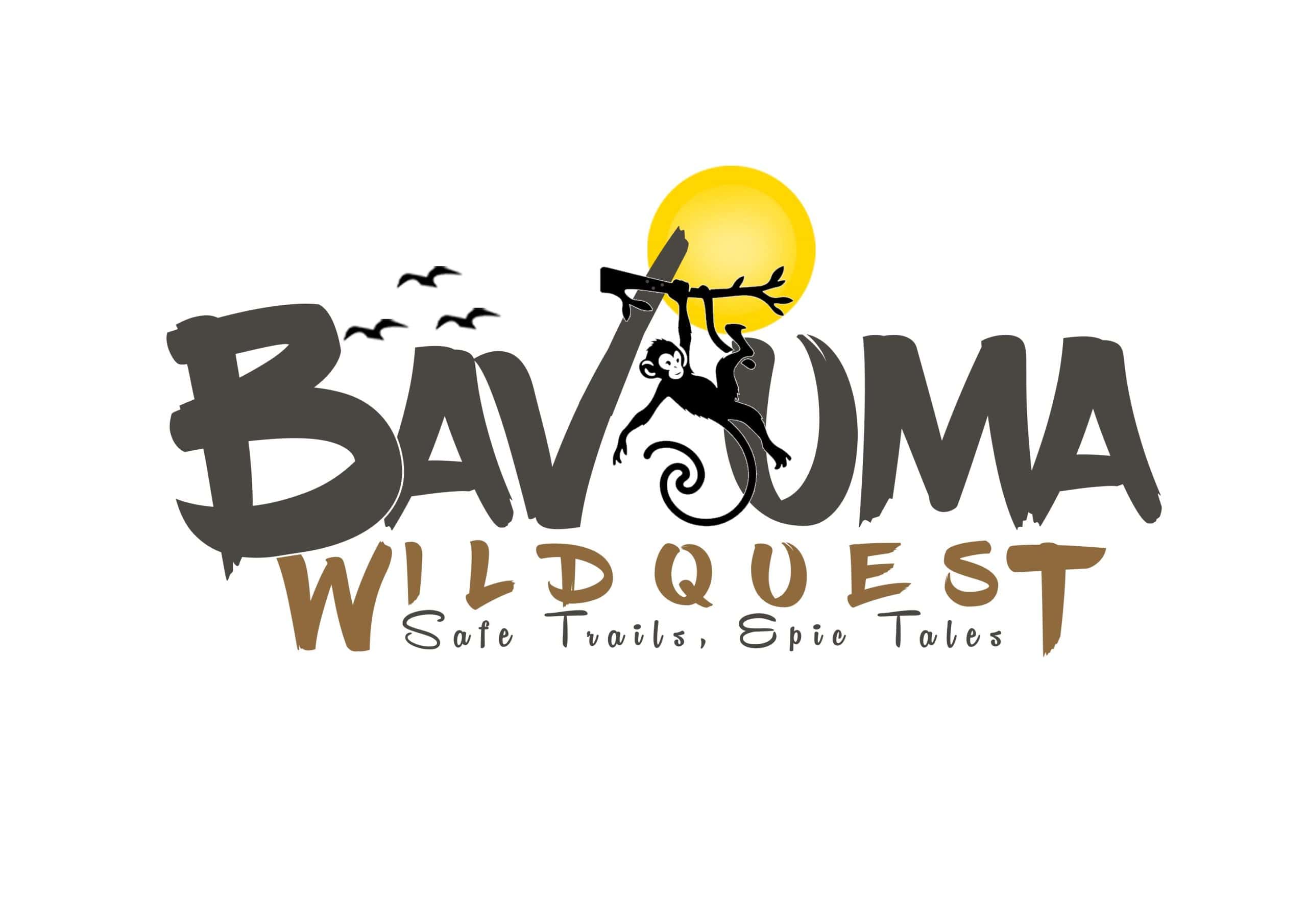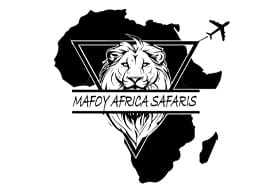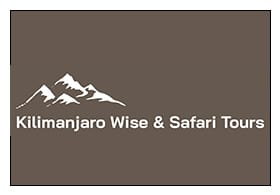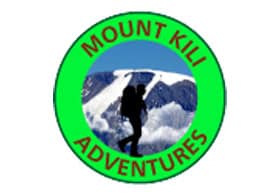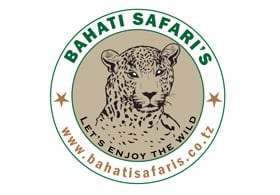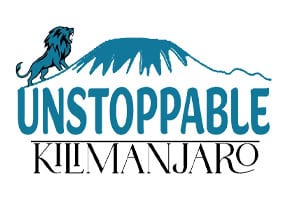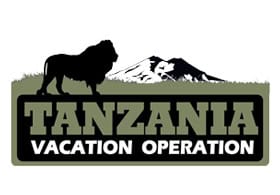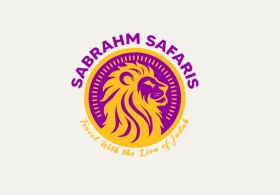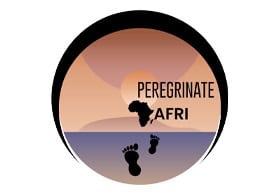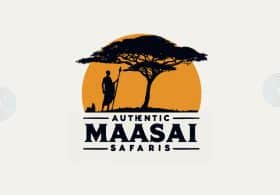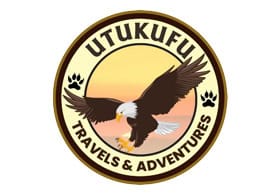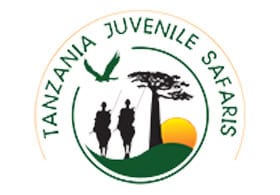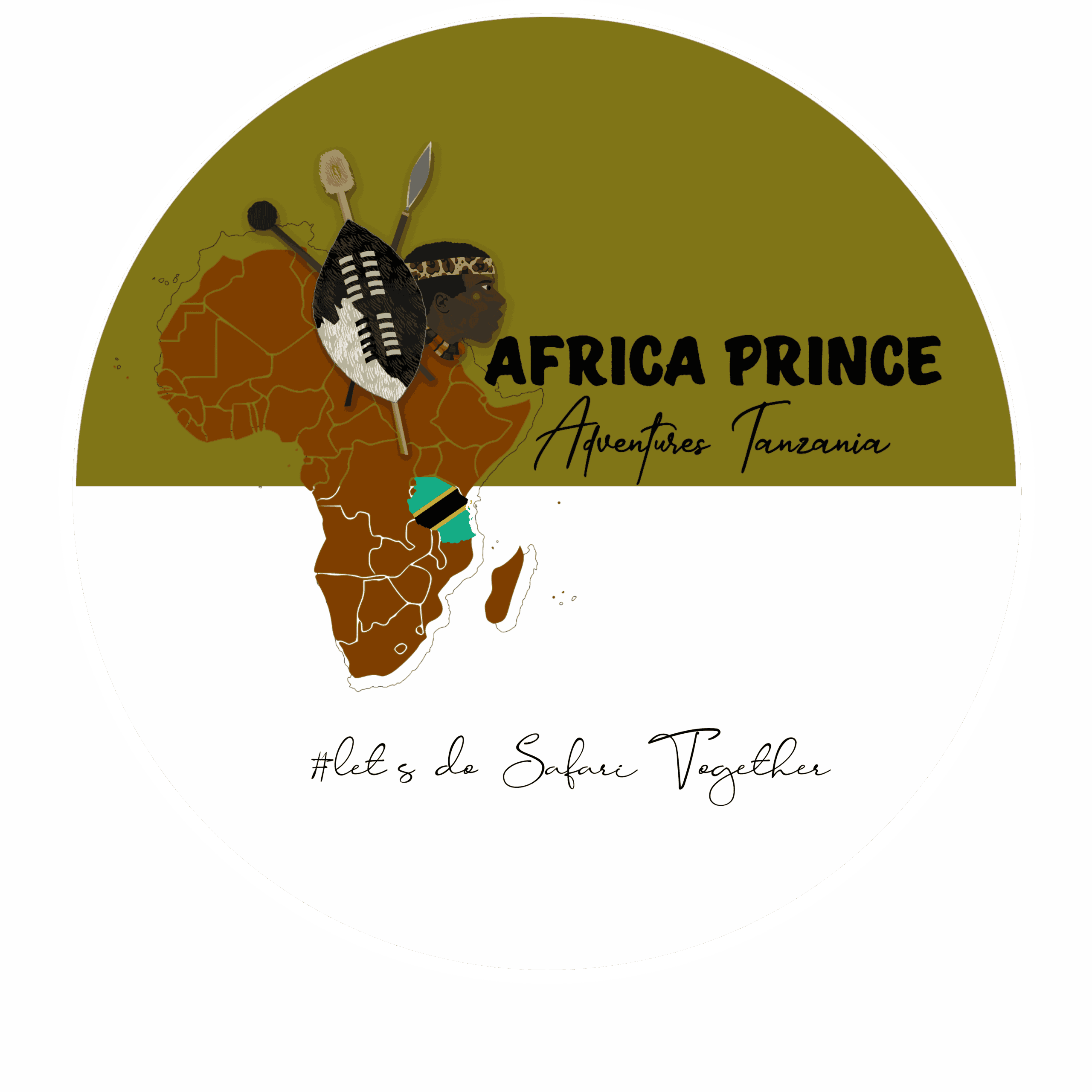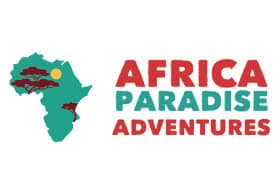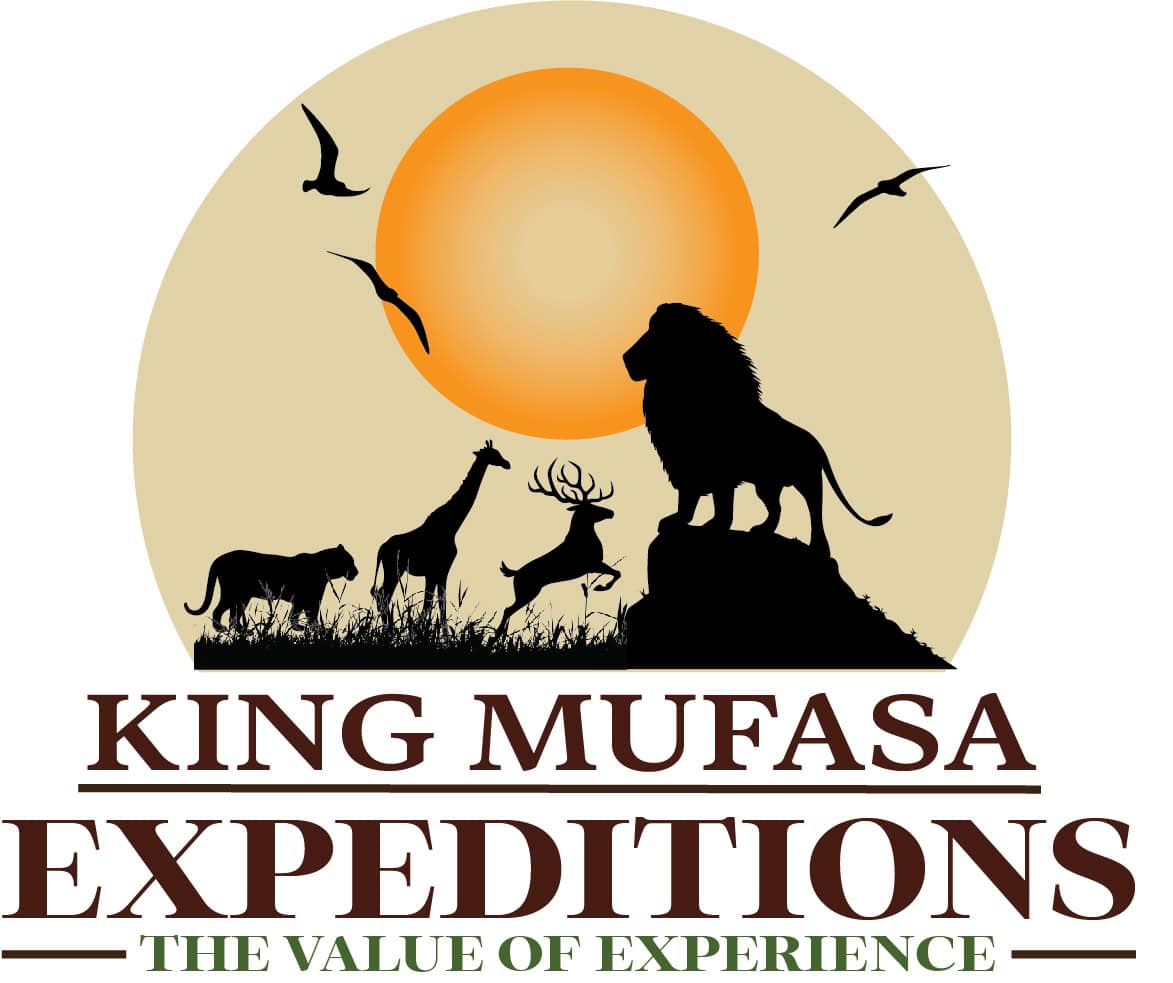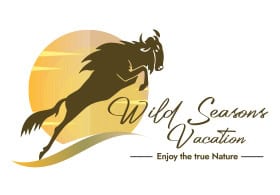available in Tanzania
offering Safaris
Reserves and Wildlife
Areas
Overview
Situated in Eastern Africa, Tanzania lies in the Great Lakes Region and includes magnificent swathes of wilderness as well as several offshore islands including Zanzibar, Pemba and Mafia. Tanzania boasts both the lowest and highest points in Africa, with Mount Kilimanjaro at 5,895m above sea level and the floor of Lake Tanganyika at 352m below sea level. This large country is brimming with stunning sights, from the sprawling beaches, towering Mount Kilimanjaro and majestic wildlife to the impressive ruins and fascinating cultures. Most importantly, when it comes to the best safaris in Tanzania it offers its visitors an impressive 16 national parks to explore.
The well-established northern safari circuit offers some superb scenery and wildlife viewing. It includes the Serengeti National Park, one of the most celebrated parks in Africa, renowned for its annual Great Migration when an estimated three million antelope, mostly wildebeest, migrate to Kenya’s Masai Mara Game Reserve. In the Serengeti, which means ‘endless plains’ in the Masai language, visitors can expect to see an incredible variety of wildlife including a high concentration of predators.
The northern circuit also includes the remarkable Ngorongoro Crater, the world’s largest intact volcanic caldera, with around 25,000 large animals living in the crater, including the rare black rhino, and one of the best places to see the Big Five; Lake Manyara National Park, with its soda ash lake which attracts thousands of flamingos and unique tree-climbing lions; and Tarangire National Park, known for its huge elephant herds, baobab trees and wonderful birding.
Mount Kilimanjaro, the highest peak in Africa, is not strictly a mountain, but a stratovolcano that began forming around a million years ago. Kilimanjaro attracts around 30,000 people each year hoping to reach the summit. Kilimanjaro has a wide range of ecosystems from the tropical jungle, savannah and desert to montane forests, subalpine plants and the alpine zone and is home to blue monkeys, olive baboons, civets, leopards, mongoose and bush pigs.
The national parks in the southern circuit of Tanzania are more remote and less-visited, hidden gems offering a less crowded safari experience. Selous National Park, Africa’s largest national park, offers diverse activities including boating, walking and fly camping and an abundance of wildlife, while Ruaha National Park is more inaccessible but the rewards are well worth it predators such as lion, cheetah and wild dog as well as large elephant and buffalo herds. Over in the west, head to Gombe and Mahale Mountains Naitonal Parks for chimpanzee trekking.
Browse through some of the best Tanzania safari packages below offered by top Tanzania safari tour operators and plan a trip to Tanzania now to enjoy an unforgettable safari! You can also check out how to get to Tanzania guide which provides information on flights, passports and visa requirementss.
Tanzania Safari Travel Seasons
- Jun-Oct – High Season. Weather is cooler and dry. Game viewing is at its best when foliage is sparse and animals converge on water sources. This is the best time to visit Tanzania for a safari, but availability is tight in the popular areas so book early.
- Nov – Feb – Shoulder Season (although prices are high mid-Dec to mid-Jan). The Tanzania weather, especially during December to February is hot. The short rains arrive from around the middle of October, this is also when the seasonal trade wind blows – the Kusi.
- Mar-May – Low Season. It’s the rainy season which can make it tough going on the secondary roads. It doesn’t rain all day, expect downpours then blue skys, transforming the landscape into a lush, green paradise. It is not unusual for hotels to be closed during this time, you can get some heavily discounted rates in the ones that are open.
General Information
- Capital: Dodoma
- Largest city: Dar es Salaam
- Currency – Tanzania Shilling
- Languages – Swahili, English
- Size – 947,300 km²
- Population – 55.57 million (2016)
Tanzania Travel Safety and Health
- Travel insurance is essential for all international travel.
- CDC recommend the following vaccinations for Tanzania: hepatits A, typhoid. Check with your doctor for other possible vaccinations and make sure your routine vaccinations are all up-to-date.
- Malaria is present in some areas – get medical advice on which prophylaxis you might need to take.
- It’s best to stick to drinking bottled water.
Pros
- Abundant Tanzania animals and birds offer superb wildlife viewing
- Annual wildebeest migration in the Serengeti
- Off-the-beaten-track safaris in Selous and Ruaha parks
- There are several wildlife viewing circuits for repeat visits
- Gombe and Mahale Mountains chimpanzee tracking
- Zanzibar beach holiday extensions
- Traditional indigenous cultures
- Large tracts of land designated as national parks
Cons
- Limited availability in prime areas
- Can be expensive, particularly in high season
- Tropical climate can be hot for younger children
Arriving in Tanzania
- Most travellers arrive by air into one of the international aiports – Dar es Salaam, Zanzibar or Kilimanjaro.
- Others arrive via road from Kenya.
Getting Around
- Tanzania is a large country with very specific tourism areas, distances between them can be large so travelling around may well be a mix of road transfers and internal flights.
Visas Requirements in Tanzania
- Visas are required by most visitors. These can be obtained on arrival at the three international airports mentioned above or at the Namanga Entry Point between Kenya and Tanzania. Alternatively, you can get visas prior to departure via the Tanzania Consulate. Please check all details before you travel – Tanzania Visas >>
Login to your account
Register as a traveller if you are looking for deals
Register as a travel partner if you offer amazing safaris
Write A Review
Tanzania Safaris

7-Day Tanzania Family Safari
- 7 Days
An exhilarating, luxurious safari to three of the planet’s richest animal kingdoms: the Ngorongoro...
-
Country:Tanzania,
-
Departures:Year Round
-
Length:7 Days
-
Start/end:Start in Kilimanjaro International Airport, end in Kilimanjaro International Airport

1-Day Tarangire Safari Trip
- 1 Days
Join this day trip heading to Tarangire National Park, renowned for its large concentrations of elephants...
-
Country:Tanzania,
-
Departures:Year Round
-
Length:1 Days
-
Start/end:Start in Arusha, end in Arusha

7 Day Machame Trek
- 7 Days
Trek up stunning Kilimanjaro with a professional team of guides, porters and cook. Pass through landscapes...
-
Country:Tanzania,
-
Departures:Year Round
-
Length:7 Days
-
Start/end:Start/end in Kilimanjaro Airport

6-Day Serengeti Tented Camp Safari
- 6 Days
Visit Tanzania and experience the idyllic Serengeti stretching across the African landscape from horizon...
-
Country:Tanzania,
-
Departures:Year Round
-
Length:6 Days
-
Start/end:Start/end in Arusha
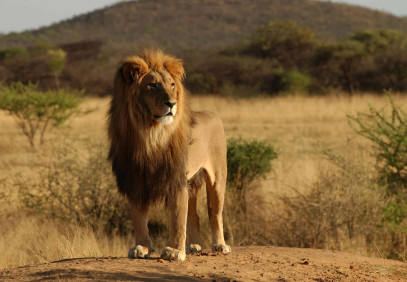
7-Day Grand Tanzania Safari
- 7 Days
This safari visits the major national parks in the north of Tanzania, with plenty of time for extensive...
-
Country:Tanzania,
-
Departures:Year Round
-
Length:7 Days
-
Start/end:Start in Arusha, end in Arusha

1-Day Thrilling Tour to Tarangire National Park
- 1 Days
Having a free day either in Arusha or Kilimanjaro while in Tanzania means you can enjoy a superb 1-day...
-
Country:Tanzania,
-
Departures:Year Round
-
Length:1 Days
-
Start/end:Start in Moshi, end in Moshi

The Best of Zanzibar
- 11 Days
Discover Tanzania's beautiful Spice Island, Zanzibar. Enjoy the stunning beaches, sail on a traditional...
-
Country:Tanzania,
-
Departures:Year Round
-
Length:11 Days
-
Start/end:Start in Kisauni, end in Hamamni

5 Days Serengeti with Big Five Wilderness Safari
- 5 Days
This safari experience was designed to maximize both animal tracking and nature viewing in the finest...
-
Country:Tanzania,
-
Departures:Year Round
-
Length:5 Days
-
Start/end:Start in Kilimanjaro Airport, end in Kilimanjaro Airport

5 Days Northern Tanzania Big 5 Safari
- 5 Days
The special five days safari has been designed to offer a non-stop wildlife adventure exploring the heart...
-
Country:Tanzania,
-
Departures:Year Round
-
Length:5 Days
-
Start/end:Start/end in Arusha

7-Day Kilimanjaro Climb Machame Route
- 7 Days
A trekking safari that takes you to the top of the iconic Mount Kilimanjaro via the popular Machame Route...
-
Country:Tanzania,
-
Departures:Array
-
Length:7 Days
-
Start/end:Start/end in Arusha
Partners offering Safaris in Tanzania
Countries in the same Region

Uganda
- 26 Partners
- 73 Tours
Uganda is aptly named the ‘Pearl of Africa’ as it is home to some of the most diverse and concentrated African wildlife, including the highly-endangered mountain gorilla, as well as the chimpanzee. This is a specialist african safafri country and a premier location to see the great apes.

Kenya
- 41 Partners
- 153 Tours
With rolling savannah, snow-capped mountains, beautiful beaches and astonishing variety of wildlife, Kenya is the heart of safari country, with some of the easiest spots for first-time visitors to explore.

Burundi
- 6 Partners
- 0 Tours
Burundi is a small, French-speaking country in East Africa. Although landlocked, much of the south-western border is adjacent to Lake Tanganyika, one of the deepest and longest freshwater lakes in the...

Rwanda
- 18 Partners
- 23 Tours
A landlocked East African country, Rwanda boasts smouldering volcanoes, lush green mountains, ancient rainforests and an abundance of wildlife, as well as rich and diverse vegetation. One of only three countries in the world to have the rare mountain gorilla, it is one of only two countries in which they can be viewed safely.

Ethiopia
- 2 Partners
- 6 Tours
Ethiopia, widely regarded as the birthplace of humanity, is a large country located in the Horn of Africa to the north east of the continent. Dissected by the Great Rift Valley that runs from south-west to north-east, Ethiopia contains monumental mountain ranges and highlands, semi-deserts and steppes alongside the vast plateaus and lowlands that combine to form one of the most ecologically diverse habitats in the world.




















